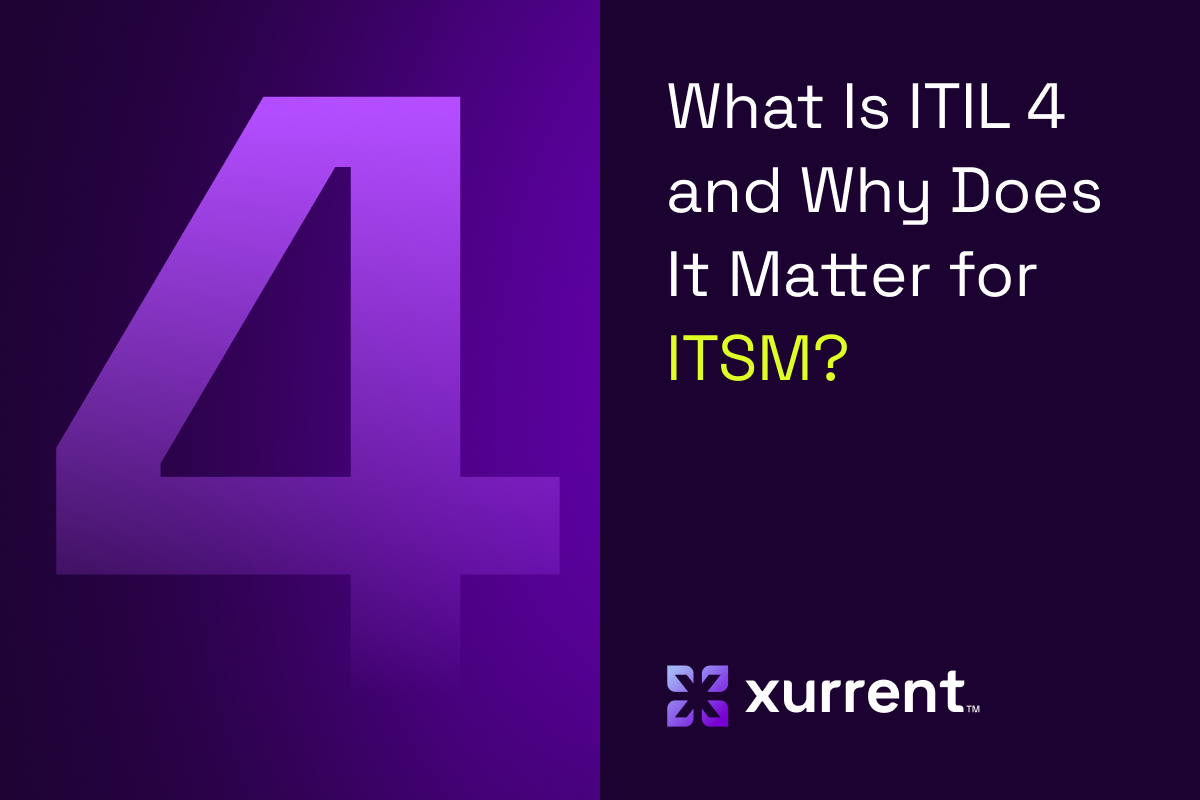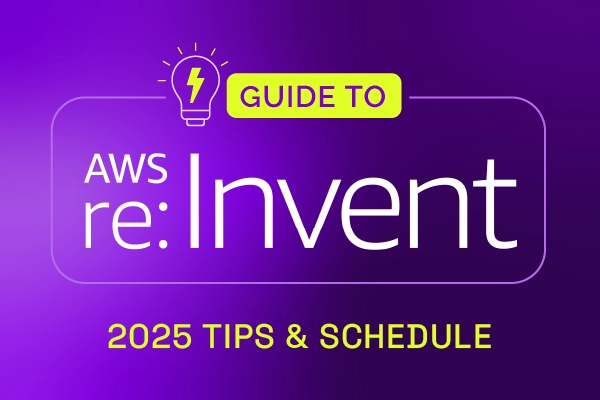Real-time ESM platforms bridge IT and business communication gaps

Enterprise Service Management (ESM) — the application of IT Service Management (ITSM) principles and tools across all departments and functions throughout an entire organization, not just IT — has been stuck in "good" for decades.
Good at creating tickets.
Good at meeting SLAs.
Good at following ITIL processes.
But that's not good enough. Businesses are often still overwhelmed by IT-related disruptions.
Houston, we have a problem.
404 Error: Page Not Found.
In this case, the problem (and the "404") is the divide between IT and the business. The page you're looking for — strategic business value — cannot be found without real-time visibility.
And there is a price to pay if the gap is not bridged.
The cost of speaking different languages
IT measures uptime; businesses measure revenue. When your corporate email goes down, IT sees a high-priority incident; Sales sees lost deals.
While this "language barrier" certainly presents a communication problem, the cost of IT being out of sync with the rest of the company has a significant impact on the overall business.
Consider these everyday B2B translation failures:
IT says: "Our e-commerce website response time increased by 200ms."
Sales hear: "We lost 2% of our sales"
IT says: "Email delivery dropped by 5%.”
Marketing worries about: "Will our product launch campaign emails reach our prospects?"
IT says: "Video conferencing platform shows 99.1% uptime."
The executive team sees: "Another client demo interrupted by technical difficulties."
What makes this particularly costly is that when technical teams and business stakeholders operate in separate worlds, organizations miss opportunities, waste resources, and fail to leverage technology as a competitive advantage.
Simply put, when IT and business don't share a common language, everyone loses.
The solution isn't just better translation; it's real-time visibility that makes IT's strategic value impossible to ignore.
So, how do we uncover that real-time visibility?
The 5 characteristics of ESM with strategic business visibility
It starts with a shift in mindset: from technical service management to strategic business enablement. But wait … not all ESM platforms are created equal.
Here are 5 characteristics to look for in a solution that will help bridge the gap between IT and your business — things that separate good ESM platforms from great ESM platforms:
1. Real-time business service status
Live visibility into business service health, not just server uptime.
Real-time status page updates are proactive, automated, instantaneous communications that reflect the current operational state of systems, services, or applications as incidents occur and evolve.

Instead of users discovering problems on their own, they receive immediate notifications and continuous updates throughout the incident lifecycle.
Updates are pushed to status pages within seconds or minutes of detection, providing live visibility into service health without requiring human or manual intervention.
Now, instead of wondering “Will this be fixed in time for my big meeting?”, business users know exactly what to expect and can plan accordingly — whether that's waiting for the fix or implementing a workaround.
Note: Xurrent uses StatusCast for real-time status updates. Learn more.
2. Proactive status communication
Inform your business users of service issues before they discover them through trial, error, and frustration.
Support teams quickly become overwhelmed with "status check" communications during incidents. Users get annoyed by having to constantly ask, "Has it been fixed yet?"
The key: Proactive status updates. These communications minimize (redundant) support tickets by proactively sharing incident status, updates, and resolution timelines.
Even better is problem management, a form of "proactive prevention" where teams focus on prevention over speed. Understand why incidents occur and address potential problems before they escalate.
Bonus: Proactive communication builds trust. Even bad news, when delivered transparently with business context, strengthens IT-business relationships.
3. Automatic business impact assessment
Think of this as a real-time calculation that connects technical incidents to immediate business consequences.
For example, when the CRM "slows down," stakeholders don't need to see the finer details of the incident, i.e., database metrics. Instead, receiving a business-friendly (direct message) like the following is more effective: "Customer onboarding delays affecting 47 new accounts with an estimated $12K revenue impact per hour."
This type of messaging eliminates the guesswork. Business leaders understand exactly what's at stake and can make informed decisions about resource allocation and communication to affected customers.
Clarity drives action: When everyone understands the true cost of incidents, resolution becomes a shared priority across departments.
4. Predictive business protection
Learning about potential risks before they happen is ideal — a proactive platform, likely leveraging AI, that identifies risks to business services before customers feel the impact transforms IT from "reactive firefighters" to "strategic business protectors."
Rather than waiting for things to break, the system analyzes patterns and warns stakeholders about potential business disruptions, generating a message such as, "Hey Sales. Heads up that the CRM performance tends to decline during peak hours. Please be aware that this could potentially impact client calls this afternoon."
Early warning systems enable business teams to adjust schedules, communicate with customers, or implement workarounds before service degradation affects operations.
5. Business-outcome reporting
It's essential to measure performance in terms that actually matter to business success.
Instead of monthly reports focusing on server uptime percentages, highlight business achievements, such as "Customer onboarding time reduced by 23%, supporting 40% growth in new account acquisition."
Connecting IT improvements directly to business wins justifies the IT investments. Regular business impact reporting replaces technical jargon with metrics that resonate in boardrooms and budget meetings.
Business language drives budget approval. The C-suite is more likely to fund initiatives they can understand and measure.
The right technology enables strategic visibility
Having these 5 characteristics isn't just about better processes; it requires a fundamentally different approach to your tech stack.
The best technology automatically maps IT-related events to business impact and communicates proactively (in business outcome terms) to stakeholders. Technical alerts turn into strategic insights that reach the right people instantly, in language they understand.
Real-time status pages and communication workflows speak business language fluently. A single, unified platform for both Service Management and business communication means you no longer have to cobble together separate tools that don't talk to each other.
Security and compliance: Enterprise-grade protection maintains transparent business visibility without compromising security standards or regulatory requirements.
Fast implementation: Speed is essential. The best solutions are those that take weeks — not months — to deploy.
Note: Xurrent's low/no-code solution features AI-powered tools to automate and customize the platform to suit customer needs. This translates to an average go-live time of 5 weeks, up to 90% faster than traditional service management platforms.
Your ESM transformation starts now
The service management industry has been stuck in "good" for decades. These five characteristics don't just make ESM better; they transform how your organization views IT's role in business success.
When you have real-time visibility into business impact, proactive communication that speaks the C-suite's language, and predictive protection that prevents problems before they occur, IT stops being seen as a "necessary cost" and starts being recognized as a strategic competitive advantage.
Real-time visibility transforms IT from reactive firefighters to proactive business protectors. No more 404 errors when the C-suite searches for IT's strategic value.
Want to see how Xurrent bridges the IT-business gap with unified ESM and real-time visibility?

Xurrent named a Market Leader in Research In Action’s Vendor Selection Matrix™ for IT & Enterprise Service Management Solutions
Xurrent earns #1 rankings in customer satisfaction, price vs value, and recommendation index in Research In Action's global ITSM/ESM Vendor Selection Matrix report.





